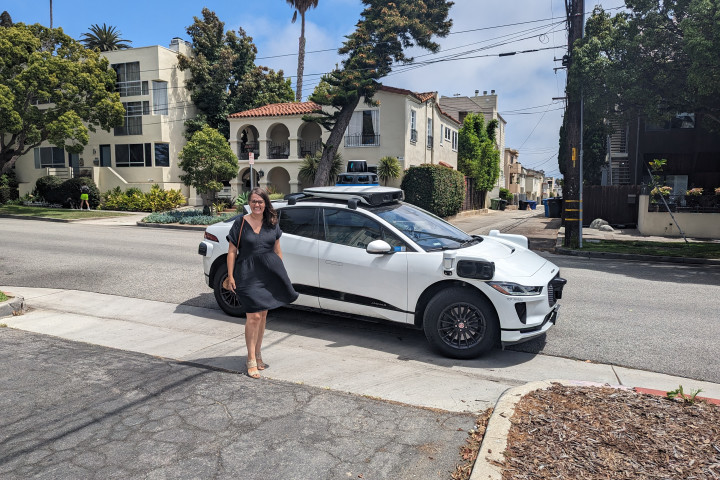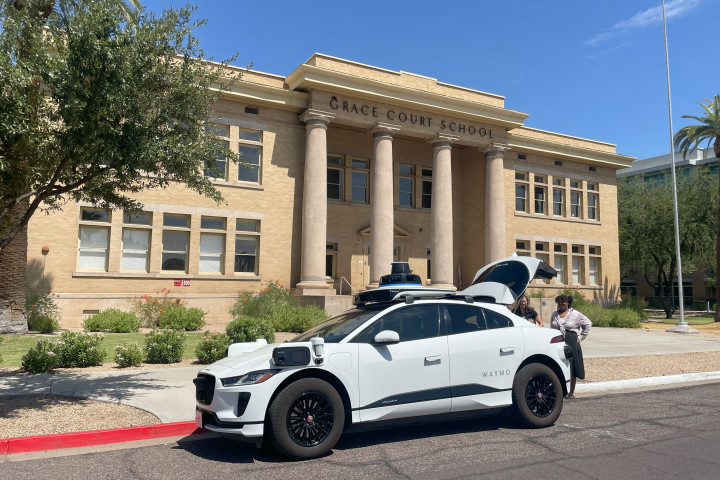Car Crashes Don’t Seem Preventable – But Are They?
July 20, 2020
Partnered with National Safety Council

Waymo vehicle simulation. To make a scene more complex, we can add vehicles, pedestrians, and cyclists that never existed in the original scene.
For a long time, road safety advocates, vehicle manufacturers, and policymakers have worked to develop new ways to keep people safe when car crashes occur. Seatbelts, airbags and windshields that crumple instead of shatter are all examples of what we call passive safety features.
But what if we developed technology that could help prevent car crashes from happening in the first place?
It may sound like wishful thinking but in reality, it’s a goal that self-driving technology company Waymo has worked toward for more than a decade. Fully self-driving cars have the potential to reduce and prevent a number of crashes on our roads.
Preventing pre-crash scenarios
More than in motor vehicle crashes in 2018, according to the National Highway Traffic Safety Administration (NHTSA). Many of these lives were claimed by .
As a prevention tool, NHTSA compiled a list of common measurable, trackable, and preventable “pre-crash scenarios.” These scenarios are mainly the result of human choice or error and include examples like sudden lane changes and vehicles cutting in front of each other.
Fully self-driving technology could hold the key to avoiding these scenarios.
“Now you’re starting to see technology that prevents the crash from happening in the first place. And we’re so excited about that.” - Kelly Nantel, National Safety Council
Representatives from the NSC have said they're excited to see the development of technology that could prevent crashes, up to and including fully self-driving technology, which could hold the key to avoiding these scenarios.
Fully self-driving technology could hold the key to avoiding these scenarios.
How self-driving technology could prevent crashes
Humans often make unsafe driving decisions, such as drinking, speeding and texting while driving -- the top three causes of crashes, according to the NHTSA. Humans also have limited vision: they see directly in front of them with limited peripheral vision.
In contrast, Waymo’s fully self-driving vehicles’ latest hardware suite features cameras and other sensors that give the vehicles a 360-degree view of the surrounding area and are designed to respond to objects up to 500 meters away. This will allow the Waymo Driver to anticipate what road users might do next and respond to moving and still objects with the most-appropriate driving decision, such as proactively avoiding a possible collision. The Waymo Driver also can’t drink and drive or text and drive.
Waymo’s vehicles utilize detailed, pre-built maps that include common road features, including sidewalks, traffic lights, speed limits, stop signs, and more. They are set to only travel within pre-defined geographical boundaries that have been mapped in detail and are designed to recognize and respond to changes to speed limits within these boundaries.
Self-driving cars may hold the keys to this noteworthy milestone. Learn more about how self-driving cars work and think, and hear directly from representatives from the NSC on how these vehicles could take road safety to another level.
Sign Up
Join us in the most important conversations about how autonomous driving technology may shape the future of safety, mobility, community, and society.


